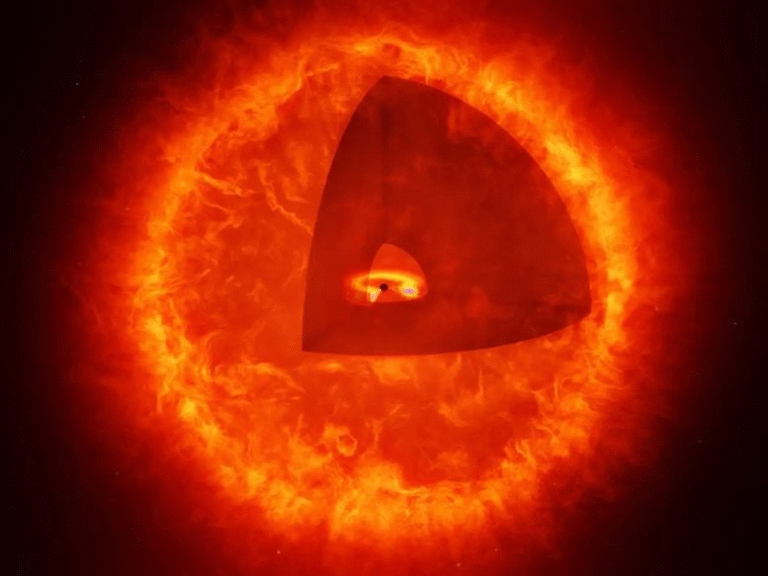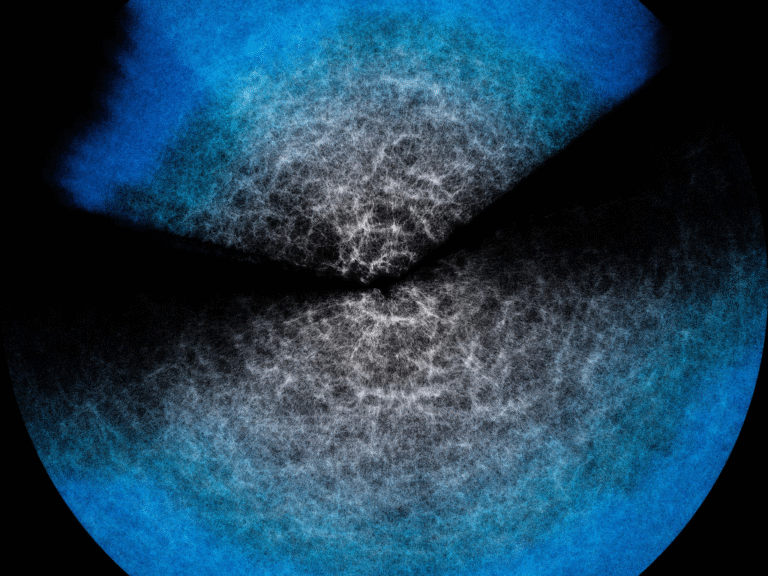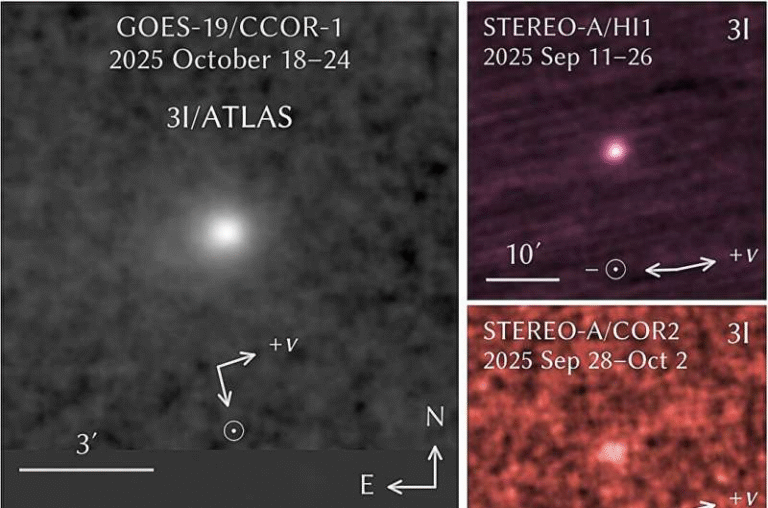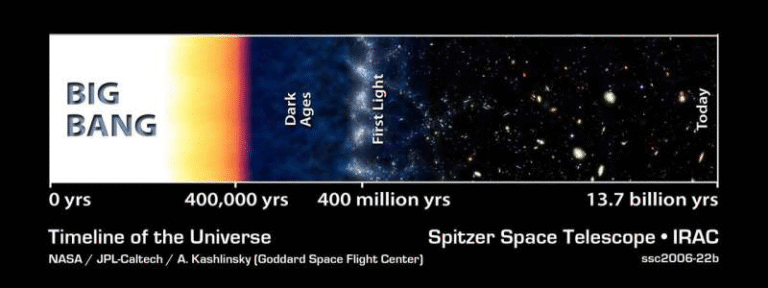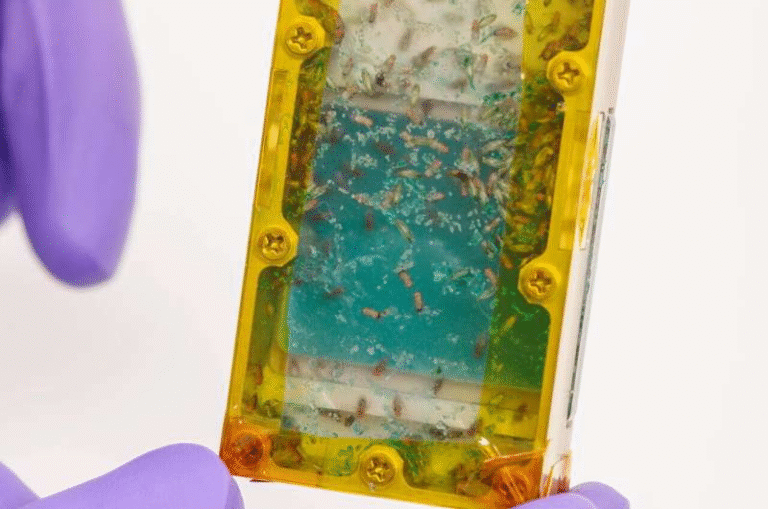A 3-Billion-Year-Old White Dwarf Still Devouring Its Planetary System
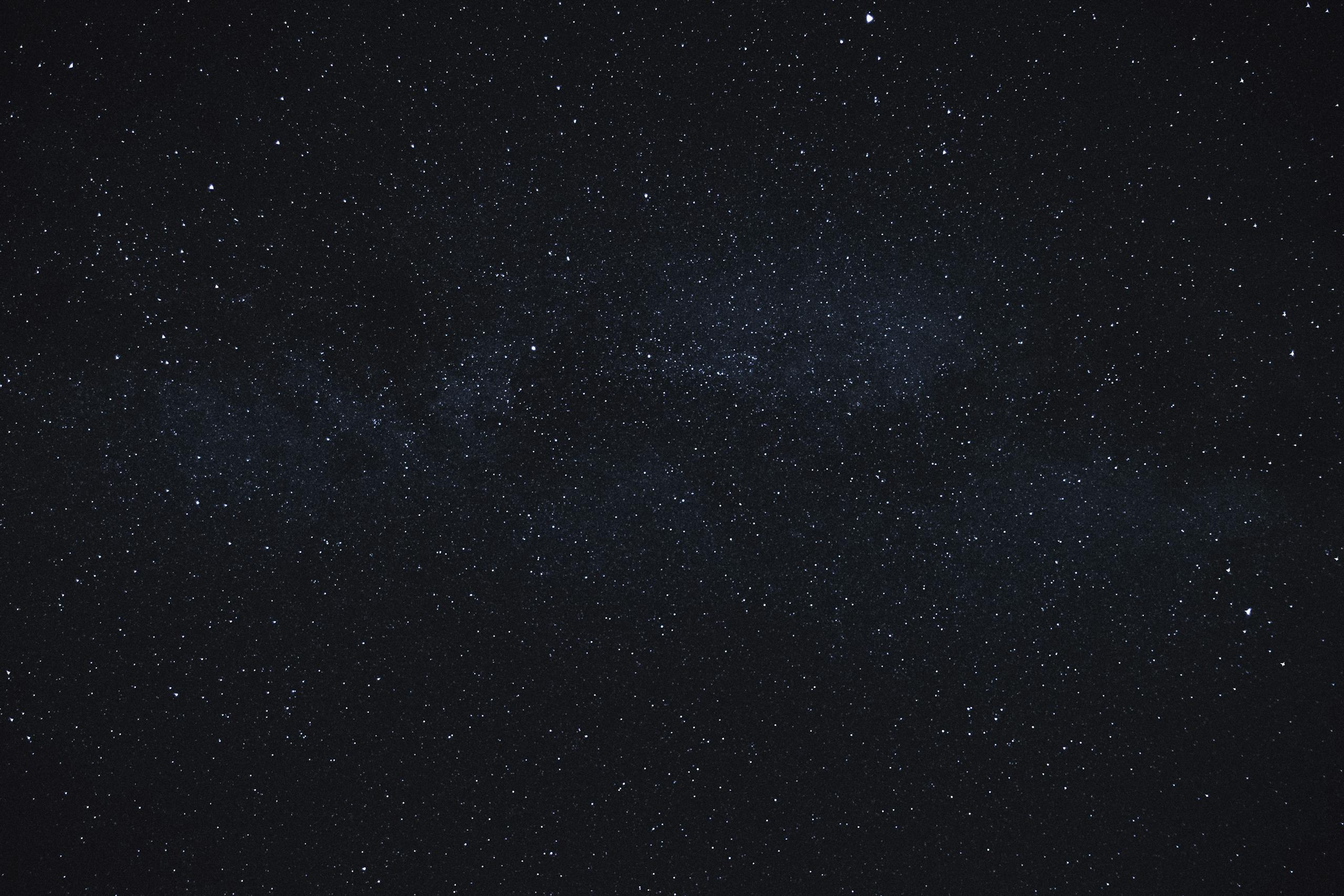
Astronomers have uncovered an astonishing discovery: a 3-billion-year-old white dwarf star, known as LSPM J0207+3331, is still consuming material from its long-dead planetary system. This surprising find overturns long-held ideas about what happens to planets and debris once a star reaches the end of its life. Even billions of years after its formation, this ancient stellar remnant is actively accreting rocky material, something scientists didn’t expect to see at such a late stage.
What Exactly Is a White Dwarf?
A white dwarf is the final evolutionary stage of a star like our Sun. When a Sun-like star exhausts its hydrogen fuel, it expands into a red giant, sheds its outer layers, and leaves behind a dense, Earth-sized core made mostly of carbon and oxygen. Despite its small size, this core retains much of the star’s mass, meaning it has immense gravity. Over billions of years, the white dwarf cools and fades—but its gravity remains strong enough to capture and consume surrounding material.
In around 5 billion years, our own Sun will follow this path, ending as a white dwarf surrounded by the remnants of the solar system. That’s why the study of LSPM J0207+3331 is so fascinating—it may show us the future of our own planetary neighborhood.
Where Is This White Dwarf Located?
LSPM J0207+3331 sits approximately 145 light-years away from Earth, which makes it relatively close on a cosmic scale. It belongs to the class of hydrogen-rich (DA) white dwarfs, meaning its outer layers are primarily composed of hydrogen. Scientists have calculated its cooling age—how long it’s been since the star became a white dwarf—to be around 3 billion years.
At this age, most white dwarfs are quiet and stable. Yet this one appears to be an exception—it’s still surrounded by a disk of dusty debris and continues to absorb heavy elements from its environment.
Evidence of a Star Still Feeding
The discovery was made using the W. M. Keck Observatory on Maunakea, Hawai‘i, one of the most powerful optical telescopes in the world. Researchers employed high-resolution spectroscopy—analyzing the light from the white dwarf to identify specific chemical signatures.
They found 13 distinct heavy elements in the star’s atmosphere: sodium, magnesium, aluminum, silicon, calcium, titanium, chromium, manganese, iron, cobalt, nickel, copper, and strontium. These elements shouldn’t naturally exist in a white dwarf’s atmosphere because its gravity quickly pulls them down beneath the surface. Their presence means that new material is constantly falling onto the star.
According to the analysis, the source of these elements was a rocky body at least 200 kilometers (about 120 miles) wide—possibly an asteroid or dwarf planet—that had been torn apart by the star’s gravity and incorporated into a surrounding debris disk. The composition of these elements suggests that the object was once part of a differentiated planetary body, meaning it had a layered structure with a metallic core and a rocky mantle, much like Earth.
The Oldest and Most Metal-Rich Debris Disk
Infrared observations revealed a strong infrared excess, a clear indicator of a surrounding dusty debris disk. Initially, some astronomers thought it might be made up of two rings, but new data shows it’s likely a single silicate dust ring orbiting the star. This disk is the oldest and most metal-rich ever found around a hydrogen-rich white dwarf, offering a rare look at how planetary remnants can linger and interact with their dead stars for billions of years.
What makes this so remarkable is the timing. After 3 billion years, the planetary system around such a white dwarf should have long since settled into stability. The fact that this one is still active suggests that late-stage dynamical events—gravitational disturbances among surviving planets, asteroids, or comets—can occur billions of years after a star’s death.
Possible Reasons for the Late Disturbance
The big mystery is what triggered this new round of destruction so late in the system’s life. Researchers have proposed a few explanations:
- Planetary interactions: Surviving large planets, possibly Jupiter-sized, may still orbit the white dwarf. Over long timescales, their gravity could destabilize smaller bodies and send them spiraling inward toward the star.
- A passing star: A close stellar flyby could have perturbed the system, altering orbital paths and nudging debris into the white dwarf’s gravitational reach.
- Gradual orbital drift: Even without an external trigger, gravitational influences and past mass loss during the star’s red giant phase could have set up slowly evolving instabilities that culminated only recently.
Astronomers are continuing to study the system using data from the European Space Agency’s Gaia mission, which can detect subtle wobbles in the star’s position—potential evidence of surviving outer planets. The James Webb Space Telescope may also help by observing the system’s infrared glow, potentially revealing more about the outer disk and any hidden planets.
Why This Matters for Planetary Science
This finding is not just a curiosity—it reshapes how scientists understand the long-term evolution of planetary systems. For decades, researchers assumed that once a star became a white dwarf, its surrounding system was essentially “done.” But discoveries like LSPM J0207+3331 show that planetary systems can remain active and chaotic for billions of years.
In fact, nearly half of all white dwarfs observed show traces of heavy elements in their atmospheres, indicating ongoing or recent accretion of planetary debris. This means planetary destruction is a common and long-lasting phenomenon, not a brief phase that ends soon after the star’s death.
For our solar system, the implications are intriguing. When the Sun becomes a white dwarf, it will destroy Mercury and Venus during its red-giant stage, but outer planets like Jupiter may survive. Over billions of years, gravitational nudges could send asteroids or dwarf planets inward, where they’d be ripped apart and accreted by the Sun’s remnant—much like what’s happening with LSPM J0207+3331.
What Heavy Elements Tell Us About Alien Worlds
The 13 detected elements are a treasure trove of clues. Their relative abundances suggest that the accreted material came from a rocky, metal-rich body with significant iron and nickel—evidence of a differentiated interior similar to Earth’s. This reinforces the idea that Earth-like planetary formation is not unique to our solar system.
By studying the chemical “pollution” of white dwarfs, astronomers can effectively reconstruct the composition of exoplanets that no longer exist. These cosmic autopsies reveal what those planets were made of and how they might have evolved.
Broader Cosmic Lessons
LSPM J0207+3331 shows that the universe is far from static. Even stars that died billions of years ago can still surprise us. The detection of ongoing accretion in such an old system emphasizes the dynamic and unpredictable nature of planetary evolution.
It also reminds us that planetary systems can be extraordinarily resilient. While their host stars fade into remnants, gravitational interactions continue shaping their fate. Every debris disk, every metal-polluted white dwarf, tells the story of a planetary system that refused to stay quiet.
The discovery of this ancient system challenges astronomers to rethink how long planets and debris can persist—and how often they can revive activity long after the death of their parent star.
Reference:
Érika Le Bourdais et al., Tracing Planetary Accretion in a 3 Gyr Old Hydrogen-Rich White Dwarf: The Extremely Polluted Atmosphere of LSPM J0207+3331, The Astrophysical Journal (2025). https://iopscience.iop.org/article/10.3847/1538-4357/ae0ace
